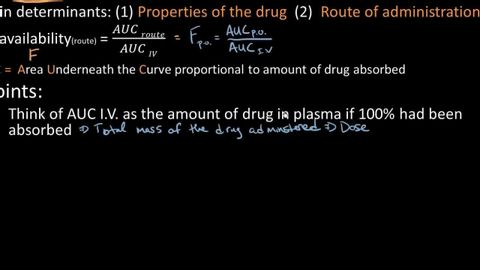
Subtitles & vocabulary
Drug Bioavailability Overview - Pharmacology Lect 3
00
Yu Syuan Luo posted on 2013/10/25Save
Video vocabulary
kind
US /kaɪnd/
・
UK /kaɪnd/
- Adjective
- In a caring and helpful manner
- Countable Noun
- One type of thing
A1TOEIC
More mouth
US /maʊθ/
・
UK /maʊθ/
- Noun (Countable/Uncountable)
- Hole in the face used for eating and talking
- Opening of a container such as a bottle
- Intransitive Verb
- To say words without speaking
A1
More give
US /ɡɪv/
・
UK /ɡɪv/
- Uncountable Noun
- Degree of flexibility in something, a material
- Transitive Verb
- To hand over or present something to someone
- To cause someone to have or experience something
A1
More wrong
US /rɔŋ, rɑŋ/
・
UK /rɒŋ/
- Noun
- Action that is harmful, unjust or illegal
- Adjective
- Not morally or socially acceptable
- Not right, incorrect; not true; bad
A1TOEIC
More Use Energy
Unlock All Vocabulary
Unlock pronunciation, explanations, and filters
